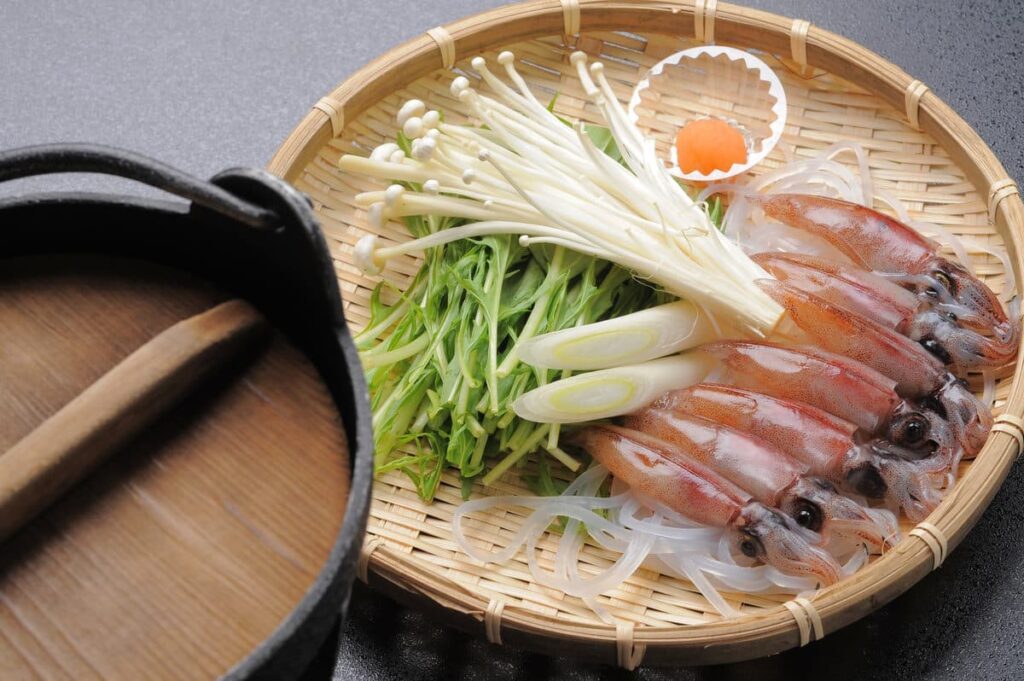[ad_1]
In Japan, as elsewhere in the world, climate change is a many-faceted crisis. One place this is manifesting where you might not expect it is on your sushi table. Read on to learn more about this year’s concerningly low springtime fishing hauls.
The Root of the Problem
As with many other places in the world, ocean temperatures in Japanese waters are changing. As a result, fishing hauls are sharply declining over the past decade. According to Tanaka Takehiro of the NPO Satoumi Research Institute, the reasons are multifaceted. But chief among them is the rise of ocean temperatures owing to climate change.
From 1991 to 2020, average surface temperatures in Japanese waters have risen. On the Tohoku coast, they’ve gone up as far as 5 degrees celsius. As Tanaka notes, one degree celsius of surface temperature rise, to a fish, is the equivalent of 5 to 10 degrees for a human.
That means the life cycles and preferred environments of fish are changing as they seek more comfortable surroundings. That also impacts fishing hauls. While this impacts fishing year-round, it also occurs in seasonal varieties of fish.
So, what do the numbers look like? Let’s consider some examples.
In Ōita Prefecture, the seki-saba— a local mackerel for which the region is famous– was down from 73.7 tons to 36.8 tons over the past decade. Meanwhile, in Toyama, on the Sea of Japan coast, the winter yellowtail (himi kanburi) is likewise at 22,000 caught, down to a third of its 2013 levels.
But these statistics pale compared to the numbers of Toyama’s firefly squid catch for the opening of the spring fishing season.
A Catch of 59 on the First Day
The firefly squid is well-established in Japanese culture and cuisine. Their bioluminescence is eye-catching, making them signals of spring’s arrival. They are especially a fixture in Toyama Prefecture.
In Namerikawa, a city on Toyama Bay, they usually light the bay with their extreme abundance during squid season. The squid draw tourism to Namerikawa, which even has a museum devoted to them.
The fishing season has only just begun for firefly squid. Traditionally, they’re so plentiful that the first catch is abundant. But on the first day of squid season in Toyama, the catch was 59. Not 59 tons– 59 squid, with the overall catch for the season projected to be below average.
Clearly, we have a problem.
Changes and Potential Solutions

Are the fish gone entirely? Not necessarily. In some cases, they are simply moving.
As the surface temperature of the ocean heats up, some fish choose to move deeper to cooler waters. This opens a gap in the ecosystem at their former depth. Other marine life occupies that empty space in turn.
This makes for an abundant haul of some fish that wouldn’t have previously been available at those depths. For example, in the waters off Ibaraki Prefecture, mackerel have descended deeper, but sardines (iwashi) are now in abundance.
But we can’t simply dismiss this as a blessing in disguise. This disruption has second and third-order effects on the interconnected web of life in the water. Some, like Tanaka’s Satoumi Research Institute, have put forth localized solutions like the cultivation of eelgrass and other seaweed. However, the problem is bigger and broader than one or two miracle fixes.
In the meantime, the impact of these record low hauls will reverberate in Japan, with its especially close relationship with the sea.
What to read next
How a “Killer” Pasta Dish is Taking Japan by Storm
Sources
[ad_2]
Source link


